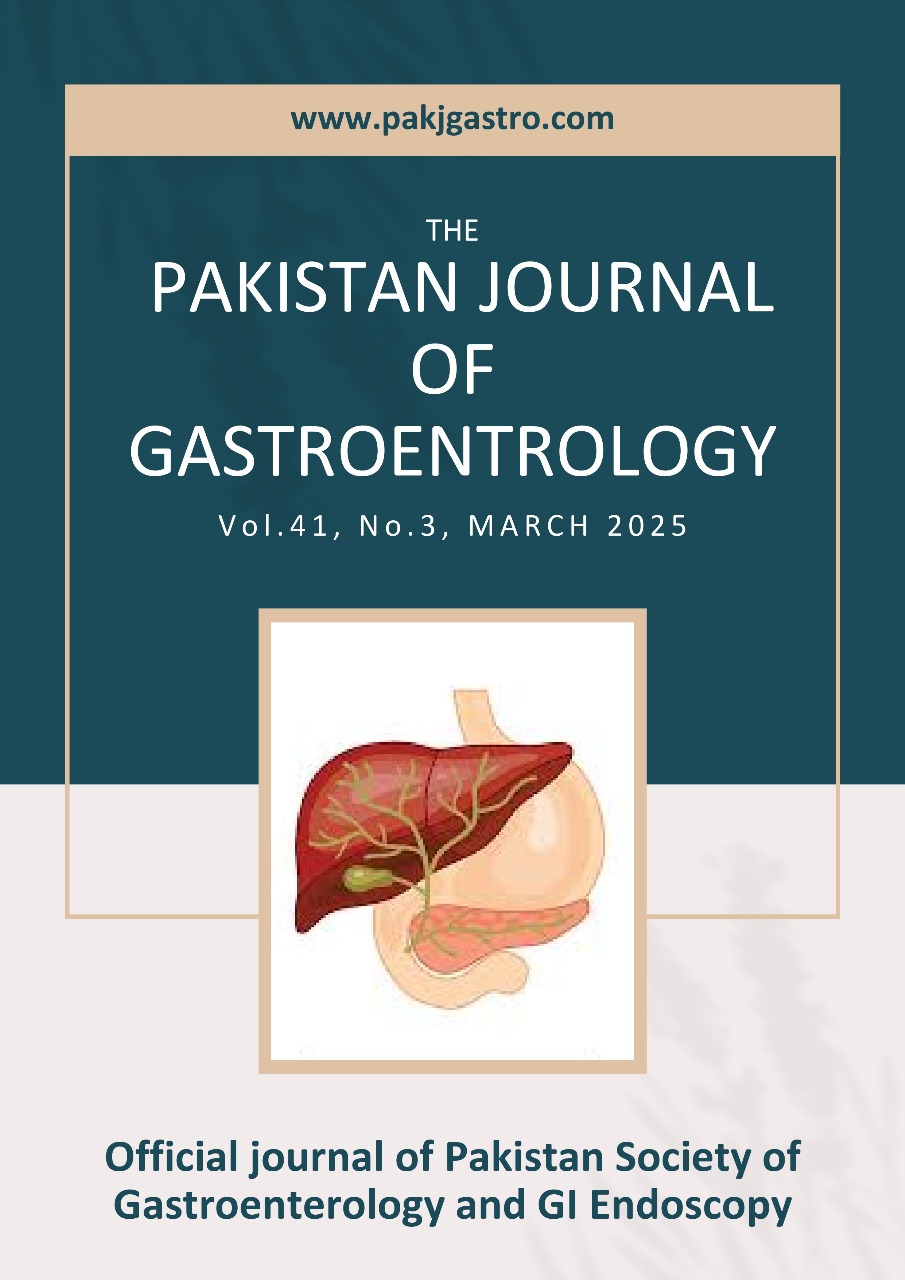The Incidence of Obesity and Overweight amongst Type 2 Diabetic patients, visiting Tertiary Care Hospital of Lahore
DOI:
https://doi.org/10.63521/pjg.41.3.2025.4Keywords:
Obesity, Overweight, Type 2 Diabetes mellitus, HbAIC, BMIAbstract
Objective: Diabetes continues to be one of the most prevalent global and local health problem as per IDF data. A strong relationship between obesity, overweight and diabetes has been established and thus requires a better understanding of prevalence of obesity and overweight among type 2 diabetics for their better management and prevention of complications. This study is performed to evaluate the incidence of overweight and Obesity amongst Type 2 diabetes patients visiting OPD clinic of Ghurki Trust Teaching Hospital Lahore.
Methods: The study sample comprised of 500 type 2 diabetics who attended diabetes clinic at GTTH, a tertiary care hospital in Lahore. All the confirmed type 2 diabetes cases were included in the study sample. The patients who had undergone any gastric surgery for weight loss or taking weight losing medications were excluded. Data was analyzed using SPSS Statistics version 24.
Results: The BMI was measured in 500 patients (293 males and 207 females) who attended the clinic. According to the measured BMI, 113 (22.6%) were non-obese i.e. BMI 18.5-24.9 (M=70(23.9%) and F=43(20.7%). Overweight (BMI 25-29.9 kg/m2), and obese (BMI ≥ 30 kg/m2), were 224(44.8%) and 126 (25.27%) respectively. Females were more overweight than males (40.9% vs 50.2%) and also grade II obesity was more in female than male T2DM patients (6.4% vs 14.9%).
Conclusion: The prevalence of obesity in patients with type 2 diabetes mellitus in our population is high, especially in females.
Downloads
Published
Issue
Section
License
Copyright (c) 2025 Taha Tariq, Asia Mehmood, Azan Ali, Usman Akram, Iman Ijaz, Maryam Faseeh, Umer Hayat (Author)

This work is licensed under a Creative Commons Attribution 4.0 International License.
Submission declaration
Authors retain the copyright to their work and grant the Pakistan Journal of Gastroenterology (PJG) the right of first publication under a Creative Commons Attribution 4.0 International (CC BY 4.0) license. This license allows others to share, adapt, and reuse the work for any purpose, including commercial use, as long as appropriate credit is given to the original authors and the journal.
By submitting a manuscript, authors confirm that the work has not been published previously (except as an abstract, lecture, or academic thesis), is not under review elsewhere, and has been approved by all authors and relevant authorities. Once accepted, the article will be openly accessible under the CC BY 4.0 license, ensuring wide dissemination and reuse with proper attribution.









